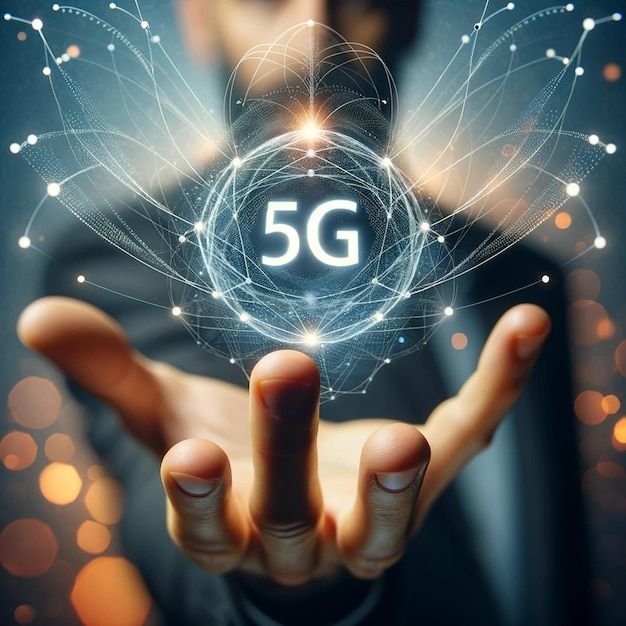In the digital age, your website is often the first impression people have of your business. Whether you’re a startup, a growing brand, or an established company, your online presence must be clear, engaging, and professionally designed.
That’s where comes in—it’s not just about creating something that looks good; it’s about building an experience that keeps visitors engaged and encourages them to take action.
What Is Web Designing?
Web designing is the art and science of planning and creating websites. It involves everything from the layout, colors, fonts, and graphics to the way users interact with the content.
A well-designed website:
- Grabs attention
- Builds trust
- Communicates your message clearly
- Guides visitors toward specific goals (like purchases, signups, or contact)
Web design combines visual creativity, user experience (UX), and technical knowledge to create a site that is both attractive and effective.
Why Web Design Matters

Web Design Content Creative Website Responsive Concept
A poor website design can turn visitors away in seconds. A great one can turn them into loyal customers. Here’s why investing in quality web design is crucial:
- First Impressions Count: Visitors judge your business within seconds based on your website’s look and feel.
- User Experience: A clean, easy-to-navigate site keeps users engaged and coming back.
- Mobile Responsiveness: A modern website must look great on all screen sizes—phones, tablets, and desktops.
- Search Engine Visibility: A well-structured site supports SEO, helping you rank higher on Google.
- Brand Credibility: A polished site builds trust and sets you apart from competitors.
Our Web Design Services
We offer complete web design solutions tailored to your needs:
1. Custom Website Design
We build every website from scratch, based on your brand, goals, and audience. From sleek and modern to bold and creative, we design websites that match your vision.
2. Responsive Design
Our websites are fully responsive, meaning they adapt perfectly to all screen sizes—desktop, tablet, and mobile—for a seamless user experience.
3. User Experience (UX) Design
We focus on creating websites that are easy to navigate, with clear calls to action and an intuitive flow that guides visitors naturally.
4. UI (User Interface) Design
From buttons and menus to layouts and icons, we design visually engaging interfaces that are both functional and beautiful.
5. E-Commerce Design
If you’re selling online, we create clean, secure, and high-converting online stores that enhance the shopping experience.
6. Redesign & Website Revamps
Already have a site? We can refresh or completely redesign it to improve performance, usability, and appearance.
The Web Design Process
We follow a simple, collaborative approach:
Step 1: Discovery
We learn about your brand, goals, target audience, and competitors.
Step 2: Planning
We create a structure and sitemap, deciding what pages and features your website needs.
Step 3: Design
Our designers create custom layouts and visuals that reflect your brand and communicate your message.
Step 4: Development
Our developers turn the design into a fully functional website using modern coding standards.
Step 5: Testing & Launch
We test everything—links, speed, responsiveness—before launching your site live.
Step 6: Support & Maintenance
After launch, we’re here to update content, fix bugs, or scale your site as you grow.
Features of a Great Website

When designing websites, we focus on:
- Speed & Performance – Fast-loading pages to reduce bounce rate
- Clean & Modern Design – Minimalist, professional, and eye-catching
- SEO Optimization – Structure and content that help you rank on Google
- Security – HTTPS encryption and safe coding practices
- Accessibility – Design that works for everyone, including people with disabilities
- Clear CTAs – Encouraging users to take action, like contacting or purchasing
Industries We Serve
We design websites for a wide range of industries, including:
- Small businesses and startups
- Real estate agencies
- Health and wellness brands
- E-commerce and online shops
- Nonprofits and community organizations
- Educational institutions
- Creatives and personal portfolios
No matter your field, we create websites that match your mission and goals.
Why Choose Us?

- Creative Designs Tailored to You
- Mobile-First Approach
- SEO-Ready & Fast Loading
- Easy-to-Update Websites
- Ongoing Support & Maintenance
- Affordable Packages for All Sizes
We don’t just design websites—we build digital homes for your brand.
Let’s Create Something Amazing
Your website is your digital storefront, and it deserves to stand out.
Whether you need a brand-new website or a redesign, we’re here to help you build something powerful, professional, and user-friendly.
Ready to start your web design journey?
Contact us today and let’s bring your vision to life.
Frequently Asked Questions (FAQs)
Q1: How long does it take to design a website?
A basic site may take 2–4 weeks. Larger, custom sites can take longer depending on complexity and content.
Q2: Will my website work on phones and tablets?
Absolutely! We build responsive websites that look and function beautifully on all devices.
Q3: Can I update the website myself?
Yes! We build websites using content management systems (like WordPress) so you can easily make updates without coding.
Q4: What if I already have a website?
We can redesign or improve your existing site to make it faster, more modern, and more user-friendly.
Q5: How much does web design cost?
It depends on your needs and features. We offer affordable packages with no hidden fees—contact us for a free quote.
Start building your online presence today.
Professional web design is just a click away.only on https://www.churchillmemphis.com/










